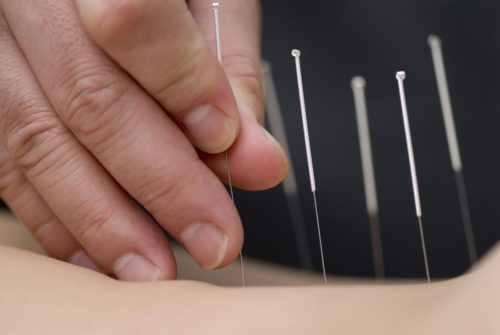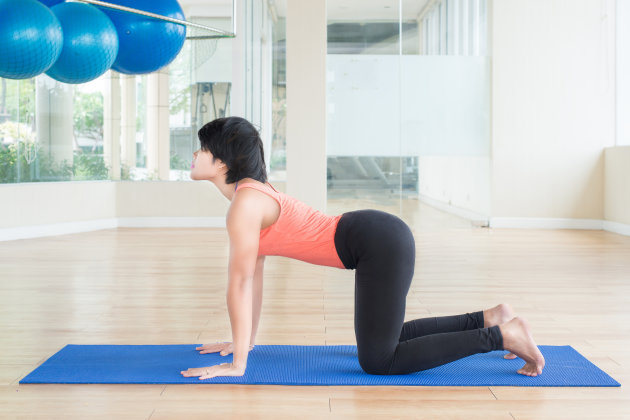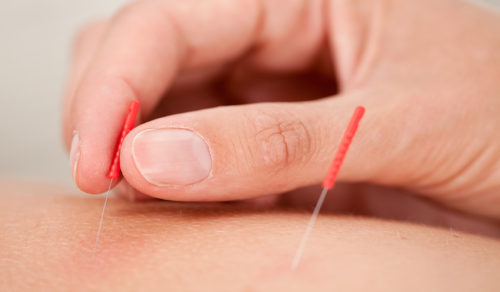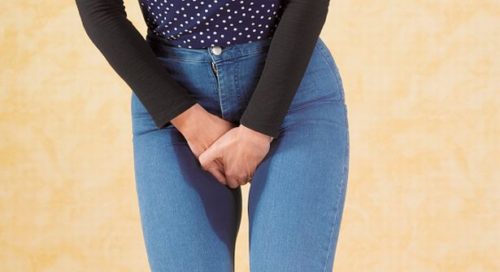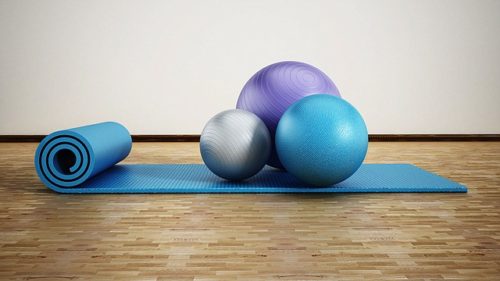Pelvic floor health is already one of the hottest topics of the year. More and more physiotherapists are specializing in pelvic floor issues as research shows strong correlations between poor pelvic floor function and many health conditions and postural misalignments. Yes, pelvic floor function affects both men and women, and faulty mechanics can contribute to back pain, hip issues, incontinence and SI Joint dysfunction to name a few.
Medical communities in various parts of the world treat the pelvic floor differently. In Europe, for example, pregnant women and new mothers receive physical therapy to recondition this area of the body as part of the regular medical protocols around pregnancy and birthing. In North America, this is a relatively new line of thinking that is only starting to catch on.
What is the pelvic floor?
The pelvic floor is made up of a series of muscles that fold and drape over each other, wrapping around the openings at the base of the pelvis. Women have three openings and men have two. You can think of the pelvic floor muscles like a layered hammock that stretches from front to back (pubic bones to tailbone) and side to side (between sitting bones). The pelvic floor has four functions, and one of the most important is how it helps to support our pelvic organs (bladder, bowels, and uterus).
The two primary muscle groups of the pelvic floor are the levator ani set at the front and the coccygeus muscle at the back. There is a causal relationship between the two. Interestingly, the pelvic floor works in an automatic, reflexive, and voluntary way. To ensure optimal function in this area of the body, manual intervention by a trained physiotherapist along with specialized exercises to improve timing, strength, and elasticity of the pelvic floor can work wonders.
Too tight? Too weak?
When we look at how the pelvic floor works, it is not an either-or situation of being too tight or too weak. We want the pelvic floor to be elastic and supportive, front to back and side to side so that it can fulfill its different roles. A typical scenario of dysfunction occurs when the coccygeus muscle at the back becomes overly contracted, while the pubococcygeus muscle at the front becomes weak and non-supportive. The result is a fixing and downward pull on the tailbone; the sacrum, in turn, can become destabilized and the deep spine stabilizers, elongated and weak. In this most common case, the sitting bones (ischial tuberosities) are unable to widen when we sit down, reinforcing poor mechanics that then can result in pain syndromes, incontinence, or even sexual dysfunction.
What causes pelvic floor problems?
When it comes to pregnancy, the sacred Kegel is not as beneficial as we once thought. Doing hundreds of Kegels a day as often prescribed, may end up strengthening the part of the pelvic floor that is already strong and weakening other areas by default. In fact, you may end up exacerbating existing problems or creating new ones. Some cues may also create imbalanced tension and weakness in the pelvic floor.
The pelvic floor muscles are often referred to as the pelvic diaphragm because they move the same way that the thoracic diaphragm moves in your chest. In other words, when we breathe in, the pelvic floor musculature is supposed to expand and move slightly downward; on the exhale it should recoil and gently contract. Ideally, this process happens naturally within the body.
Because most of us breathe somewhat inefficiently, however, our pelvic diaphragm and chest diaphragm motions can be poorly timed (or non-existent), and the pelvic floor cannot stretch and contract naturally. So, if you are a shallow breather, you may lose the natural rhythm between the two diaphragms and adversely affect the way your pelvic floor functions.
The pelvic floor is part of a deep fascial support sling in the body. Tension and weakness in the wrong areas are more often than not caused by numerous factors: Breathing, how we hold our pelvis, strain due to obesity, improper lifting techniques, pregnancy, inappropriate exercises, and even stress can play a role in creating an imbalance.
Do not self-diagnose
To get the pelvic floor working efficiently, a combination of manual and active therapies is often the best course of action. By reconditioning and re-educating the pelvic floor this way, other postural issues or pain syndromes may start to dissipate.
Our kinesthetic sense (our ability to feel and sense our bodies), will often inaccurately assess what is happening in the pelvic floor. And when we self-diagnose, we may create or exacerbate an existing problem. Therfore, it is essential to have manual testing done to determine the specific pelvic floor issues.
Seek out a pelvic floor physiotherapist, osteopath, or manual therapist trained in internal examinations and manual techniques to release or stimulate the layers of muscle and fascia of the pelvic floor. The key is to get an accurate diagnosis as a baseline. You may need to focus only on manual intervention for a while before integrating active exercises to condition the area. Depending on the issue though, it may be better to do manual and active therapy simultaneously.
Active therapy
When the conditions are right in your pelvic floor, your sitting bones at the base of the pelvis should widen slightly as you squat, and then narrow when you stand up. During the squatting phase, the pelvic floor elongates and widens. As you stand, the muscles shorten and gently contract. This tiny movement of the sitting bones helps make the pelvic floor elastic and strong so that it can fulfill its supportive and reflexive roles. A natural movement like squatting helps improve pelvic floor health.
As North Americans start to understand the importance of the pelvic floor, during and after pregnancy, and for musculoskeletal health for both men and women, we can move towards effective treatment and preventative measures. Below are five simple exercises that would be part of active therapy to keep your pelvic floor healthy.





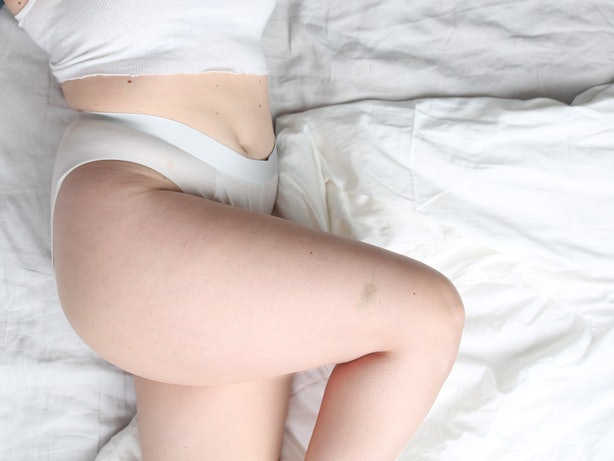









 Photo: Fizkes / Shutterstock
Photo: Fizkes / Shutterstock

